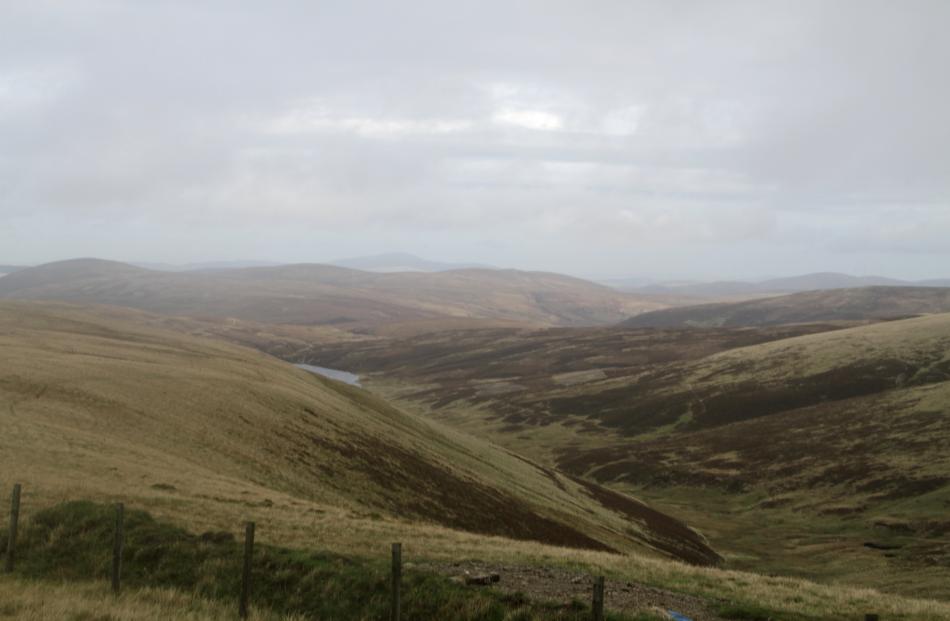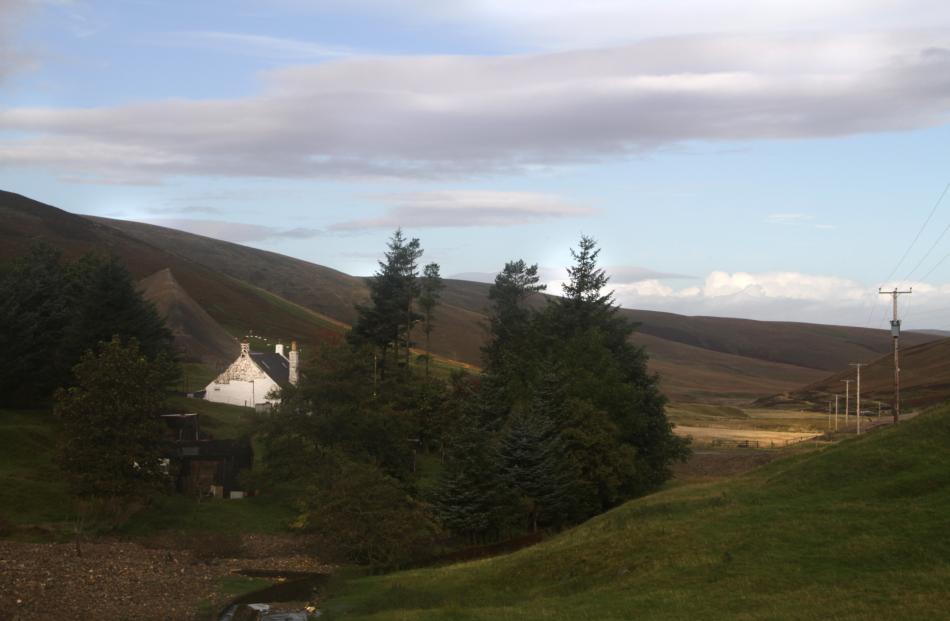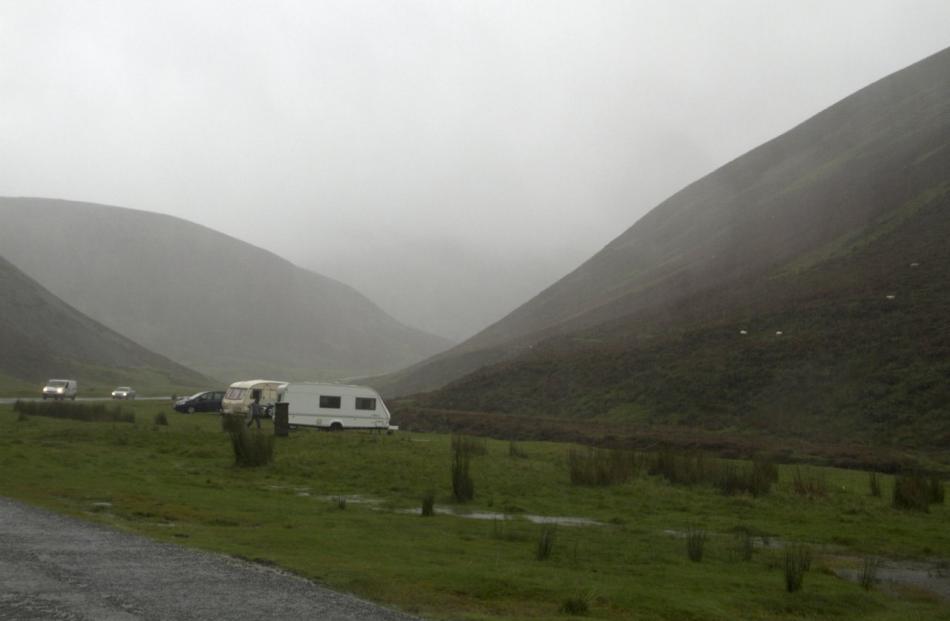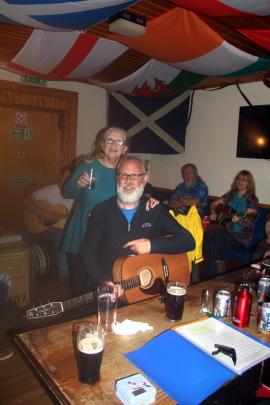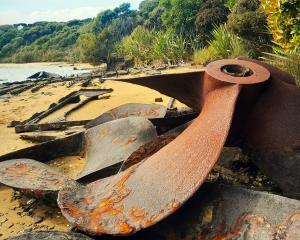There is quiet revolution going on in the Scottish Highlands, writes Sophie Jerram.
In the highest village in Scotland, the quiet, misty village of Wanlockhead (population 200), a community is gearing up to begin negotiations with one of the country’s biggest landowners, the Duke of Buccleuch.
The duke inherited his land; he is the 10th duke, a descendant of an illegitimate son of Charles II (1630-85).
The Wanlockhead community of 2016 have an ambition: to obtain 14,000 acres (5665 hectares) from the duke’s estate. They plan to do this with the help of the Scottish Government’s Land Fund and support from other communities in Scotland that have made a similar journey.
Wanlockhead Community Trust’s plan is not to create a large, ambitious housing development, or a game park for foreign hunting parties. Their idea is simply to gain access to enough land to generate income that stays in the community: to create opportunities for the village and the children who they hope will grow up to live as adults in the village.
If it sounds wildly ideal, it is, even more so when it’s being supported by a government which, with the Land Reform Act of 2016, is seeking to redress centuries of near feudal land management dating back 350 years. To date, this reform has mostly affected rural areas, but urban land that comes up for sale is eligible too.
Picture Wanlockhead village like a toothpick prick in the middle of a large family pie; the village buildings sit on approximately 5sq km of the duke’s Queensberry estate. The community’s ambition for 14,000 acres (5665ha) would extend that toothpick prick to the diameter of a walnut. At present, the 90,000 acres (36,421ha) of the Queensberry estate are neither being farmed intensively nor mined as they once were.
"There used to be forest and deer and probably wild boar in the hills," says dynamic retiree and Wanlockhead Community Trust treasurer Isobel Gibb.
"But at the moment it’s a rich man’s playground."
The land is being kept in low-lying heather for grouse shooting once a year.
On visiting the village, it’s clear that this former lead-mining town could do with some serviced accommodation, and a regular shop: the single inn and mining museum have limited hours and the scores of walkers and campers don’t have access to public toilets. Gibb talks about renewable energy schemes that return income to the community.
"We want this to be a village where young families can move in — and there is something of a future here," she says.
Mac Blewer, a former NGO worker, father and Wanlockhead community trustee adds: "We want to create the conditions for sustainable business to thrive ... ideas that we’re considering include a visitor centre, a museum, shop, bunkhouse and accommodation along the trail."
Further uphill, another trust member, Anjo Abelaira, a business consultant who works from home, has been busy with the ski club in Lowther Hills.
"We would like more security about this land we’re working on," he offers, rather understatedly.
The club has a legal licence with the existing owner, but not a lease, which would allow the club to get loans and development support. There is one rope tow powered by a tractor engine. Mr Abelaira says he was inspired by the club fields of New Zealand. His vision is for a community activity that keeps the children of the district fit and busy in winter.
The Scottish Government’s aim is to have a million acres (404,685ha) of land in the hands of community groups such as the Wanlockhead community by the year 2020.
Community Land Scotland has 70 groups on its books that it advises and supports getting ready for similar negotiations. Alongside enterprise support groups, community ownership support, and more regular legal, property and accounting support, the Scottish Government has assisted hundreds of groups with their local community development.
Information sharing is also crucial. A small delegation from Wanlockhead went to the Isle of Harris recently to see how affordable housing, a recycling centre and several wind turbines have generated income for that community. Harris, they say, has "written the book". The Wanlockhead community will need to come up with a feasibility plan and find at least 25% of the value of the land as they move into discussion with the various government agencies and the duke. In the long term, a ranger and project manager will be employed, but until then, all this work is being done on a volunteer basis by passionate, regular people who live in the community.
Community ownership, rather than other forms of access, is important, according to the Cabinet Secretary for Environment, Climate Change and Land Reform, Roseanna Cunningham because of the centuries of imbalance. As a legacy of the Clearances, a systematic process of privatisation dating from the 17th century when people where systematically moved off the land, half of the country’s land is owned by just 432 people. Community ownership is considered the best form of management by the Government because the community has long-term investments in the outcomes of the projects.
"The relationship between the land and the people of Scotland is fundamental to the wellbeing, economic success, environmental sustainability and social justice of Scotland and her communities," trumpets the 2014 Land Reform Report.
When asked at a recent land reform conference about how Scottish communities were meant to build capacity to manage these large tracts of land, Cunningham described a cultural change that would have to occur between local government and the communities themselves.
"We need to learn by doing, and so build back the confidence of the Scottish people."
The Scottish backstory has some parallels with that of New Zealand, with English lawmakers a common denominator. Scotland does not have any formal treaty that requires redress for land injustices, but sheep and other stock were used in part to explain years of Clearances. Other approaches included the burning of land and crops belonging to smaller farmers; tactics which can be sadly recognised from stories of Maori reluctant to move. Many Scots came to New Zealand as a result of the Highland Clearances, including John McKenzie, an early land minister who helped to formalise the Queen’s Chain through the land Act of 1892. McKenzie, it seems, was ironically less than progressive when it came to Maori and was responsible for the alienation and sale of thousands of hectares of iwi land.
In New Zealand, we’re used to sometimes quite heavy debate over land use (think dairy farming v swimming). In Scotland, I get the impression that the ability to have this discussion has just not been possible. For what many community land aspirants face — groups such as Wanlockhead’s community, and farmers or villagers in other parts of the country have faced — is absentee landlords; people who are not even in dialogue. Their daily absence is generally defeating.
Wanlockhead’s hills are beckoning, shrouded by mist; softly changing colour by the hour. The area is popular with walkers on the Southern Upland Way. If this were a New Zealand village, tour operators would be crying foul of the landowner for quite different reasons: the stream and land is full of lead from the former mine. It is hard to imagine New Zealand tourism accepting the reputational risk.
And it hardly needs to be said that if this were a New Zealand city, the people would be calling for compulsory land acquisition to build more housing to reduce the heat in the market. Land injustices come in different forms. In Scotland, there is not a lot else being "done" with much of the Highlands in any way we would recognise, except as a marker for status for many of the absentee and foreign landowners.
By evening, I’m chatting to a Glaswegian, here to listen to the annual folk club meeting at the Wanlockhead Inn. Over warm beer and ballads, my new friend is talking about the Scottish consciousness raised since the 2104 independence referendum.
"We call it the butterfly revolution," she says.
"And tonight they’ve come from all over to sing folk music, enjoy each other’s company, and to celebrate. They’re here to support the local community. So I say let’s keep it going, let’s get things moving, let’s take back our life, let’s take back our country, and let’s take back our land."
Sophie Jerram was inolved in setting up the Urban Dream Brokerage in Dunedin and is now undertaking a six-month research project based in Copenhagen.

